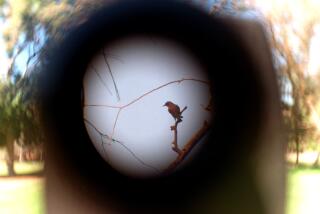GOOD NEIGHBORS: COMPANION PLANTING FOR GARDENERS by...
GOOD NEIGHBORS: COMPANION PLANTING FOR GARDENERS by Anna Carr (Rodale: $19.95). This is one gardener’s home companion that is indispensable to anyone interested in well-managed land--whether just a pot or a good-sized plot--using a minimum of pesticides and a maximum of natural controls. Anna Carr attempts to codify recent scientific investigation that at last takes much of gardening folklore seriously. While there are odd quirks in the layout of some of the material (items jump across pages for seemingly no reason), the sheer attempt at thoroughness makes this a valuable volume. Carr explores arguments for and against single and multiple planting arrangements, coming more or less to the conclusion that most home gardeners familiar with rudimentary folk wisdom have come to accept: “ . . . diversity of plants and insects gives the intercropped field a certain stability and balance . . . whatever the theoretical reasons, plenty of strong experimental evidence supports the organic gardener’s contention: Insect damage can indeed be decreased by using crop mixtures.” Carr also reports on a growing body of research that reveals how plants set up “defense guilds” against marauding insects and how plants help protect each other. Extremely useful for practical application is a chapter on “Designing the Companion Garden,” as well as an encyclopedia of companions that discusses each plant, herb or flower’s interaction with other plants and insects from the viewpoints of traditional wisdom and modern research. While the final verdict on companion planting may be some time in arriving, enough evidence exists to suggest that it makes good sense.






